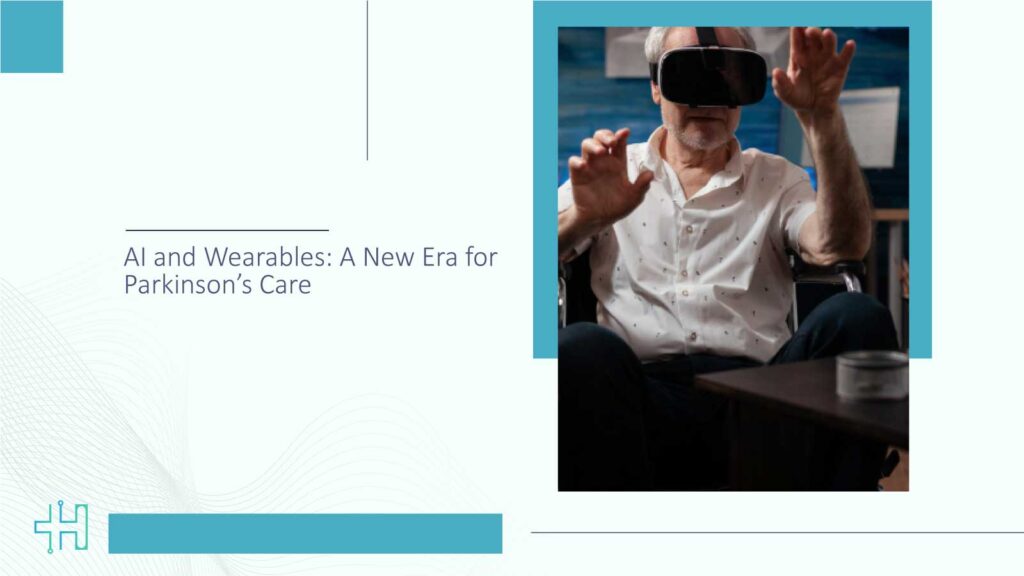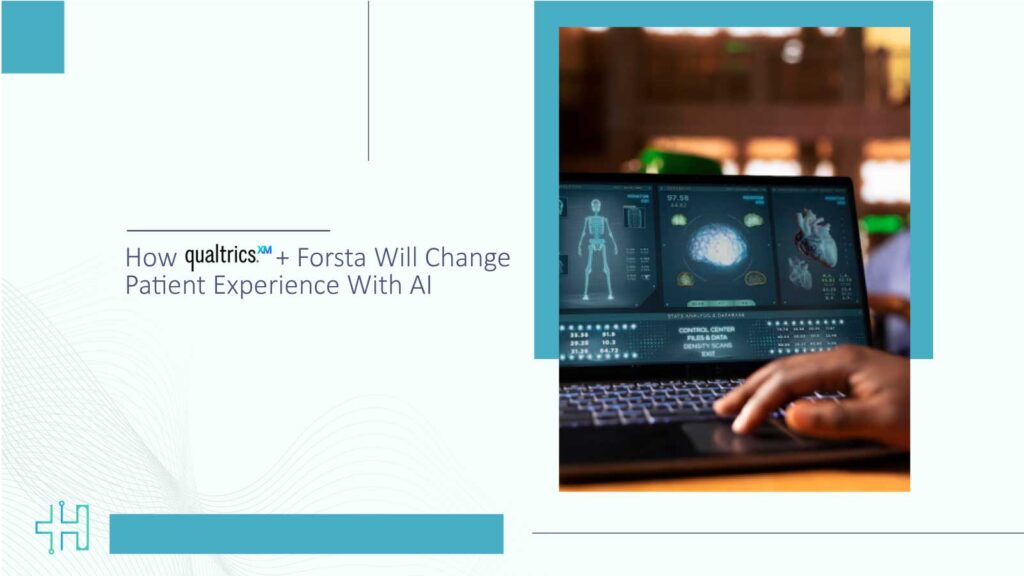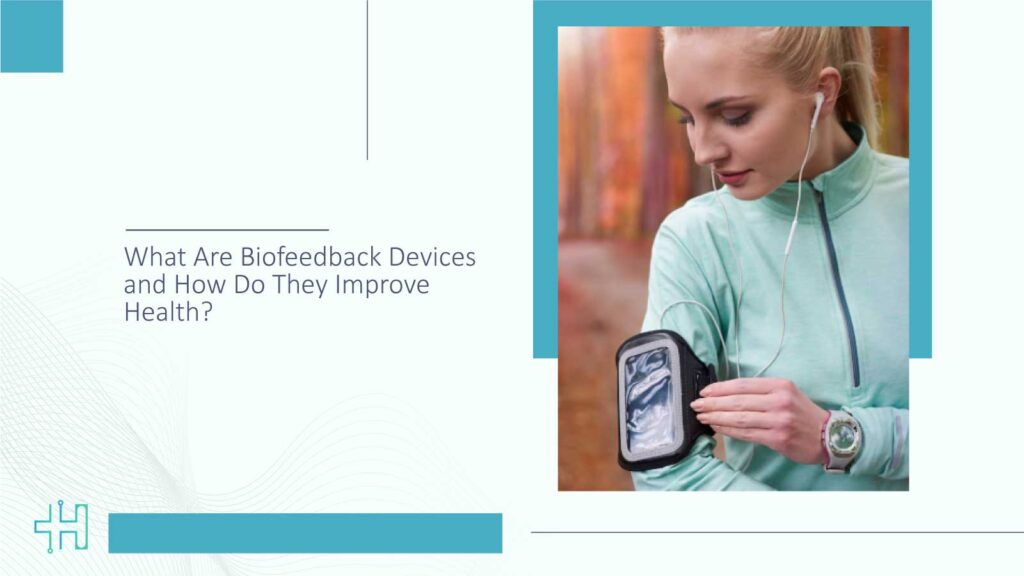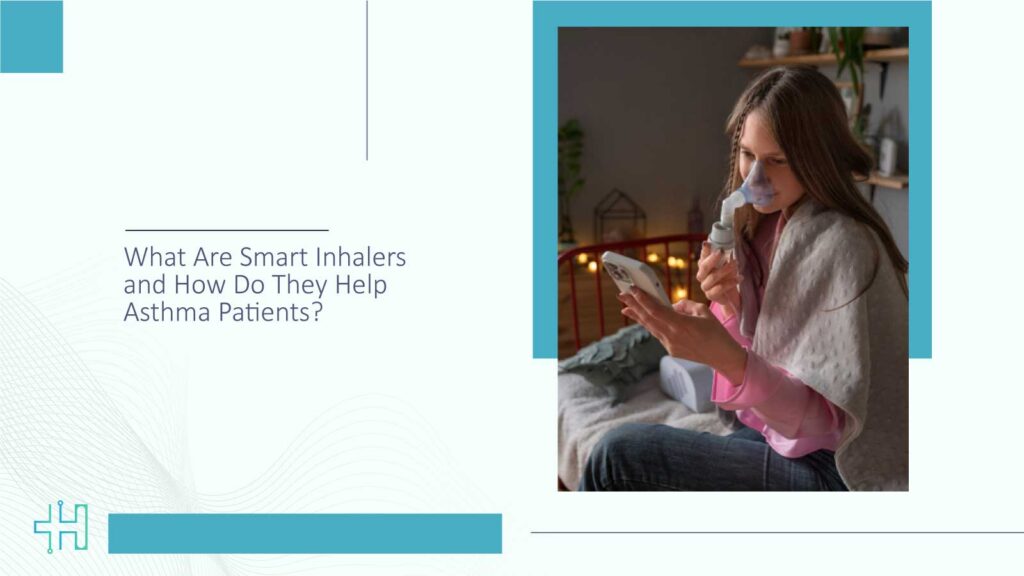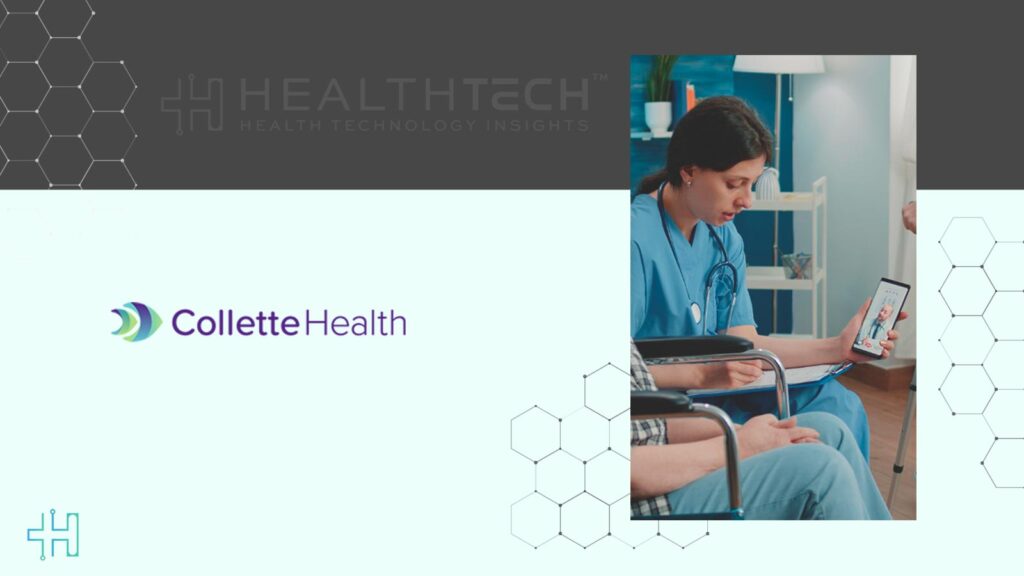Final results from the landmark NURTURE study highlight the profound impact of early treatment with 12 mg SPINRAZA in clinically presymptomatic SMA with 92% of children achieving the ability to walk independently
Biogen Inc. announced new data that reinforce the clinical impact of nusinersen across a broad spectrum of individuals affected by spinal muscular atrophy. These latest findings from Part C of the DEVOTE trial evaluating a higher dose regimen of nusinersen and the NURTURE trial which evaluated the approved 12 mg regimen (SPINRAZA) in clinically presymptomatic SMA were presented at the SMA Research & Clinical Care Meeting hosted by Cure SMA in Anaheim, Calif. Biogen’s applications for the higher dose regimen of nusinersen are currently under review in the U.S., Europe, Japan and other global markets. The higher dose regimen of nusinersen comprises a more rapid loading regimen – two 50 mg doses 14 days apart – and a higher maintenance regimen – 28 mg every four months.
Health Technology Insights: Mandolin Raises $40 Million to Advance AI Therapies for Cancer and Alzheimer’s
“As the SMA treatment landscape continues to evolve, we remain steadfast in our commitment to address the unmet needs of the community. The findings from Part C of the DEVOTE study further strengthen the growing body of evidence supporting the potential benefits of the higher dose regimen of nusinersen,” said Stephanie Fradette, Pharm.D., Head of the Neuromuscular Development Unit at Biogen.
Improvements Observed With Higher Dose Regimen of Nusinersen in Previously Treated Patient Population
Detailed results from Part C of the DEVOTE study highlight the potential clinical benefits of an investigational higher dose of nusinersen in a broad range of individuals (n=38) who had been previously treated with nusinersen at the approved 12 mg dose for approximately four years (median: 3.9 years). Participants were 4 to 65 years of age and half (n=19) were ambulatory. Participants in Part C received one loading dose (50 mg) and two maintenance doses (28 mg each) of open-label higher dose nusinersen during the study period.
Most participants experienced improvements on the Hammersmith Functional Motor Scale – Expanded (HFMSE), Revised Upper Limb Module (RULM), and/or Clinical Global Impression of Change (CGI-C; assessed by investigator or caregiver) after transitioning to the higher dose regimen. These improvements were observed across phenotypes, functional status and age. For example, non-ambulatory participants improved by +2.5 (95% CI: 0.49, 4.56) on average on the HFMSE, and ambulatory participants improved by +1.1 (95% CI: -0.68, 2.89).
Health Technology Insights: LookDeep Health Adds Tools to Curb Violence in Healthcare
“These emerging data indicate that additional gains in function might be possible even in those with established disease who have been on therapy for years,” said Richard Finkel, M.D., director, Center for Experimental Neurotherapeutics at St. Jude Children’s Research Hospital. “This effort to optimize the dosing of SPINRAZA is very exciting for the field and could fundamentally change how we treat our patients.”
The safety profile of the higher dose regimen of nusinersen is broadly consistent with the known safety profile of 12 mg SPINRAZA. In the DEVOTE study overall, reported adverse events (AEs) included pneumonia, respiratory failure, pyrexia, COVID, upper respiratory tract infection, procedural pain and procedural headache. In Part C (n=40), AEs were reported in 37/40 participants, the majority of which were mild or moderate in severity. Serious AEs were reported by six participants (15%), none of which were considered by the investigator to be related to study treatment or administration.
Final NURTURE Data Redefine Expectations for Early Treatment
Final data from the eight-year, open-label NURTURE study highlight the impact of early intervention with 12 mg SPINRAZA in clinically presymptomatic infants with SMA.
At the study conclusion, all children who participated in NURTURE (n=25) were alive and experienced continued clinical benefits over the course of the study. No participants required permanent ventilation, and the majority (20 of 25 participants) went without any ventilatory support throughout the study. Ninety-two percent of participants achieved the ability to walk independently, many within normal developmental timeframes. Participants with elevated levels of neurofilament light chain (NfL) at baseline experienced rapid and sustained reductions in NfL after initiation of nusinersen, reinforcing the potential utility of NfL as an objective biomarker of disease activity and treatment response in SMA.
Nusinersen was generally well tolerated with no new safety concerns identified with eight years of follow-up. All participants had at least one AE, the majority of which were mild to moderate in severity; no AEs led to treatment discontinuation or study withdrawal.
Health Technology Insights: Maravai LifeSciences Appoints Rajesh Asarpota as Chief Financial Officer
To participate in our interviews, please write to our HealthTech Media Room at sudipto@intentamplify.com
Source – GlobeNewswire


